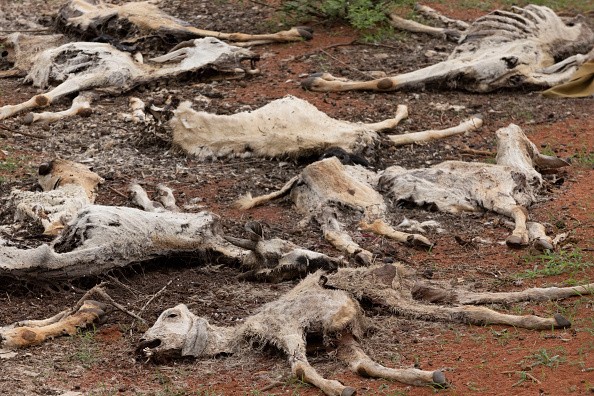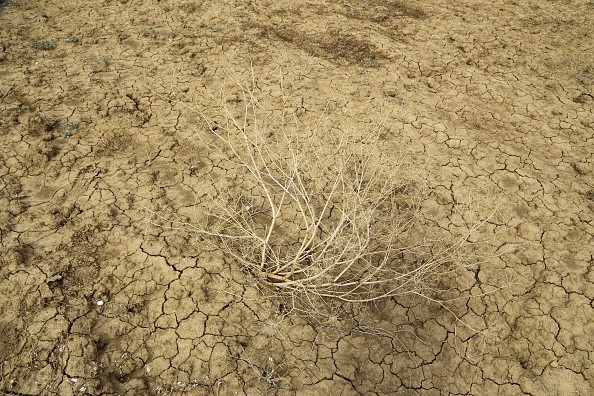Around 13 million people in Kenya, Somalia, and Ethiopia are at risk of starvation as the Horn of Africa passes through its worst drought in decades, according to the World Food Program.

Horn of Africa Faces Hunger Due to Megadrought
According to the UN, the region has witnessed its driest condition since 1981 during the region's three successive dry season.
Many rural households that depend on herding and farming have been forced to leave their homes because of the drought, which has devastated crops and caused abnormally high livestock mortality, as per Phys.org.
According to WFP's regional director for East Africa, Michael Dunford, water and grazing land are already in short supply, and the expectation for below-average rainfall in the coming months only threatens to make matters worse.
Recurrent droughts impact the Horn of Africa, destroying harvests, killing cattle, and increasing hunger, Dunford stated in a statement.
To avert a repeat of a disaster like the one that occurred in Somalia in 2011, during which 250,000 people died of starvation due to a lengthy drought, "urgent humanitarian action" must be taken immediately.
In the first quarter of this year, nearly 13 million people in Kenya, Ethiopia, and Somalia are at danger of severe hunger because of high malnutrition rates.
Millions in Need of Food Assistance
5.7 million people in southern and south-eastern Ethiopia, including half a million malnourished children and mothers, were in need of food aid.
If no action is taken soon, the number of Somalis who are considered to be seriously hungry is predicted to climb from 3.5 million to 4.6 million by May.
As of September, a drought emergency had been proclaimed in Kenya's south-eastern and northern regions.
The World Food Programme (WFP) estimates that $327 million would be needed over the next six months to meet immediate needs and help pastoral communities become more resilient to periodic climate shocks, according to Abc News.
In Kenya, Somalia, Ethiopia, Djibouti, and Uganda, 2011 was the driest year since 1951 due to a lack of rain.
Experts say climate change is increasing the frequency and intensity of extreme weather events, with Africa suffering the brunt of this increase in frequency and intensity.

Drought Impact Extends Beyond Hunger
Aside from hunger, the drought has caused mass relocation, hampered schooling, and increased child labor. Droughts can cause recurrent migration, mortality, increased vulnerability to harmful practices like FGM, loss of schooling, increased risk of recruitment into armed groups, etc.
Since November 2016, drought has displaced 714,000 Somalians. Intense combat recorded during the same period displaced around 15,000 individuals. Drought and warfare in the Gambella area of Ethiopia have displaced about 843,000 people.
The drought has forced 79,807 Somali students out of school, 175 Ethiopian schools closed, and 175,000 Kenyan children out of school.
Due to increased insecurity in northern Kenya, foreign instructors have fled with over 18 schools shut down.
For more news, updates about drought and similar topics don't forget to follow Nature World News!
© 2026 NatureWorldNews.com All rights reserved. Do not reproduce without permission.





